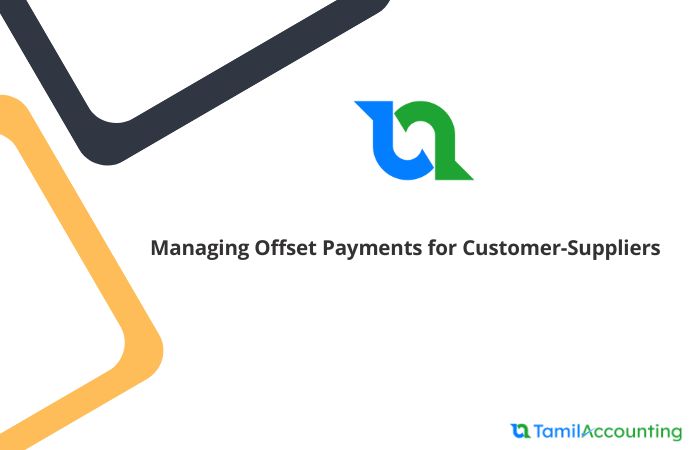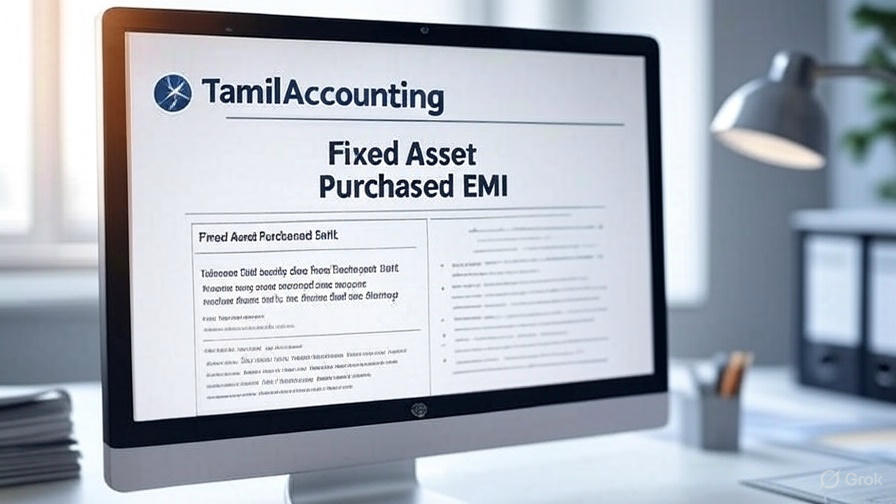
Managing Offset Payments for Customer-Suppliers in Your ERP
How to Handle Customer-Supplier Offset Payments with Journal Entries and Allocations in Your ERP
Introduction
In many businesses, customers and suppliers may often be the same entity. When this happens, they may choose to settle both sales and purchase invoices in a single transaction. For example, if the supplier owes you for a sales invoice and you owe them for a purchase invoice, you can offset these amounts and settle the balance. This article will walk you through how to record and allocate such offset payments using journal entries in your ERP system.
Example Scenario
Let’s say you have a customer-supplier who has a supplier invoice of 500 and a sales invoice of 1500. Instead of paying the full 1500, they remit only 1000, requesting that both invoices be closed. Here’s how you can handle this situation in your ERP system using journal entries and allocations.
Steps to Record the Offset Payment
1. Create the Journal Entry
To record this transaction, you’ll need to make a balanced journal entry as follows:
Accounts Payable (Supplier) – GL Code 2100
- Select the accounts payable GL code (2100) for supplier payments.
- In the counterparty dropdown, choose the supplier name.
- Enter 500 as the debit amount.
Accounts Receivable (Customer) – GL Code 1200
- Select the accounts receivable GL code (1200) for customer invoices.
- In the counterparty dropdown, choose the same entity, but as a customer.
- Enter 1500 as the credit amount.
Cash Account – GL Code 1065
- Select the cash account GL code (1065) to represent the payment received.
- Enter 1000 as the debit amount. Incase if the supplier payment is more than the Customer payable. We need to put this balance on Credit side.
After entering these details, verify that the journal entry is balanced, and then create the entry. This step will record the transaction of 1000 received against the offset amount, reducing both accounts receivable and accounts payable.

(Included a screenshot placeholder here for journal entry form with entered values)
2. Allocate the Journal Entry to the Supplier and Customer Invoices
Allocating to Supplier Invoice
- Navigate to Purchases -> Allocation Tab.
- You should see the 500 outstanding amount from the journal entry under the supplier’s account.
- Select the supplier invoice of 500 and perform the allocation.

(Included a screenshot placeholder here showing the allocation screen in the Purchases section)
Allocating to Customer Invoice
- Navigate to Sales -> Allocation Tab.
- You will see the 1500 in the journal entry under the customer’s account.
- Select the customer invoice of 1500 and perform the allocation.

(Included a screenshot placeholder here for the allocation screen in the Sales section)
Final Checks
After completing the allocations:
- Both the sales and purchase invoices are now marked as closed, fully clearing the outstanding balances in both accounts.
- When you check the banking section, you will see that 1000 has been received in the bank account, reflecting the payment made by the customer-supplier.
(Include a screenshot placeholder here for the banking section showing the received payment)
Benefits of Using Journal Entries for Offset Payments
Recording offset payments through journal entries and allocation offers several benefits:
- Accurate Financial Records: Ensures all transactions are accurately reflected in accounts payable and receivable.
- Simplified Payments: Reduces the number of transactions and streamlines the payment process for customers who are also suppliers.
- Efficient Tracking: Allocations help track the status of each invoice, making it easier to manage outstanding balances and view clear financial data.
With these steps, your ERP will reflect the correct financial state, allowing for easier and more accurate financial management for entities that are both customers and suppliers. This efficient method saves time and helps keep your records well-organized and accurate.
This article serves as a comprehensive guide for handling customer-supplier offset payments in ERP. Include screenshots where indicated to enhance understanding and usability.





